While users are increasingly looking for autonomy, they expect maximum responsiveness from the IT department. One of the keys to meeting this requirement is to facilitate collaboration, both from the CIO and end-users.
As a good service management guarantor, ITSM software appears to be a major ally in the face of this need to improve collaboration. So let’s explain…
CIO:collaboration as a pillar of performance
The IT departments of SMEs are faced with increasingly demanding users, in search of responsiveness and especially autonomy.
Today, there is no longer any question of waiting several days to access level 1 services; the trend is towards immediacy. This is simply explained: users, accustomed to getting instant answers in their daily lives (especially through all available on-demand services: Google, Netflix, Doctolib…), now expect the same from their IT services. Their desire is clear: to get fast, accessible and intuitive answers, to increase productivity.
We can see this quest for autonomy with a positive eye: the more users can access their requests by themselves, the less the IT department will be over-solicited and the more time it will be able to devote time to tasks with high added value.
Nevertheless, a situation like this is only possible when based on increased collaboration, both within the IT teams but also with the users, to involve them as much as possible in the service provided and interact as simply as possible.
A smooth flow of information is essential for the IT department to carry out its mission.
Make no mistake, the production of IT services is largely based on well-established processes and quick access to a certain amount of information (tickets associated with users, their equipment, infrastructure, etc.).

Service management : an agile ITSM tool to improve collaboration
Fast and easy access to data and collaboration is essential to guarantee the quality of the services provided by the IT department. To make such fluidity possible, you will need a modern ITSM tool that can offer agility and openness.
First of all, the ITSM solution must be ‘extensible’, in the sense that it must be able to connect to other applications and data sources to promote collaboration and internal information sharing. An agile ITSM tool, such as iTop, can be interfaced with existing software to build cross-functional processes in the company and thus gain productivity.
ITSM solutions offer APIs to easily couple data with any other system: a CRM, ERP or HRIS. This improves the accuracy of the information related to user requests and improves request processing: all data is combined together to allow teams to save time and efficiency.
It is also possible to improve exchanges with users through agile ITSM software. For example, by setting up a user portal so that everyone can access a certain amount of information or make requests for assistance and services in “self-service” mode.
Other ITSM features facilitate collaboration; for example, the automatic assignment of tickets to specialized IT employees, depending on the nature of the user’s request. More generally, the entire tool has been designed to simplify exchanges; Users can very simply intervene or regain control over ongoing support requests (escalation, processing of priority tickets, etc.).




